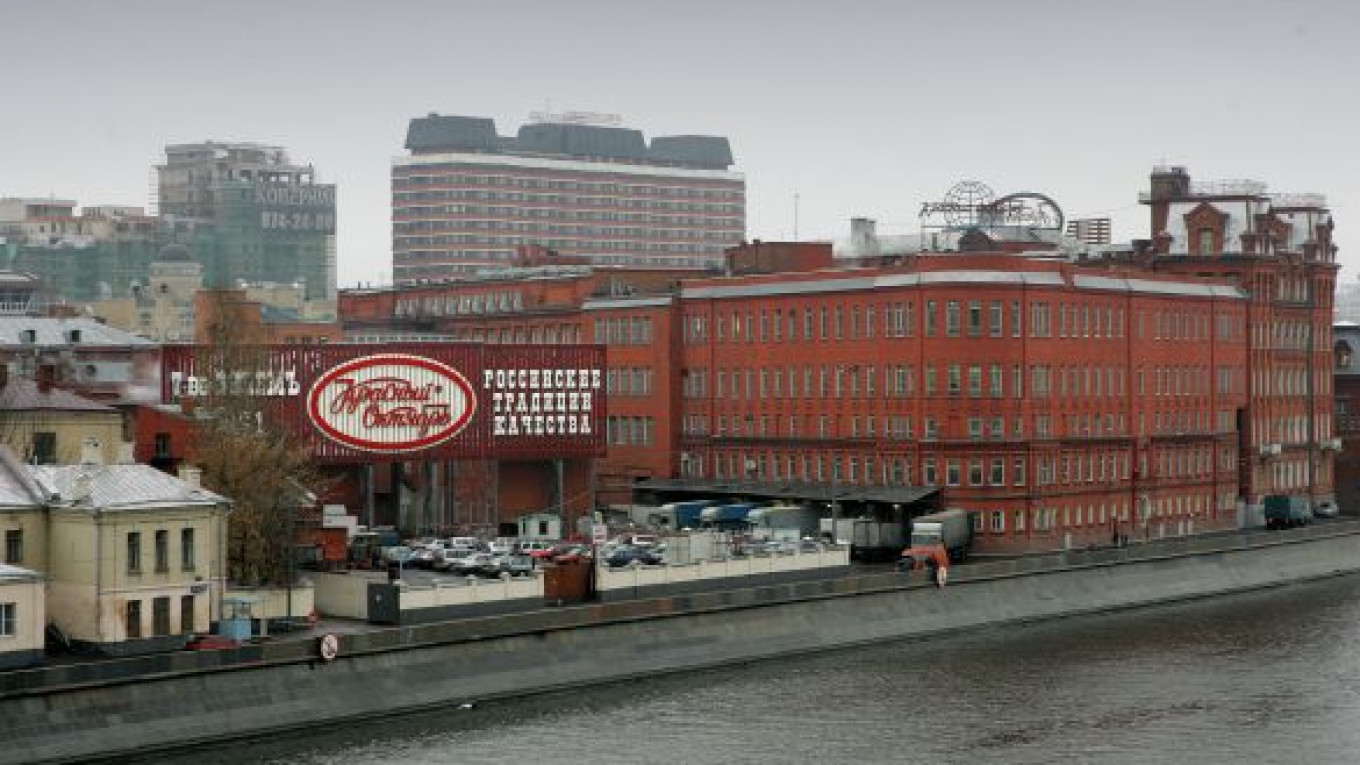Red October, Moscow's island retreat for the hip and cultured, has added another string to its bow with the opening of the Red October Gallery. In the heart of the old chocolate factory, this non-profit exhibition space further secures the area's trendiest of reputations. Its opening is an important event in the cultural life of the capital. Side by side with institutions such as Strelka, the redevelopment of this area is rightly earning an international reputation. Gallery owner Vladimir Ovcharenko, who in 2010 opened the REGINA gallery in London, said: "For me it is a new challenge and an opportunity to realize art projects that meet the highest international standards." The area around the gallery and the exhibition space itself is very shabby chic, successfully retaining an atmosphere of the site before its redevelopment. Ovcharenko hopes the space will "help promote contemporary art and make a worthy contribution to the history of the Red October site."
Notions of reinvention and altering perspectives are fully embodied in the gallery's first exhibition "Homemade Russia." Artist Vladimir Arkhipov spent years scouring the whole of Russia for extraordinary objects made by ordinary people, and the gallery is filled with over 100 of them. The uniting feature of the exhibits is their absolute functionality, all designed to improve the lives of the maker and those around them. A transcript of an interview with the maker of a cart to carry rocks reads:
"How did this cart come about?"
"It just came about. Just how things come about."
"What's it for?"
"For carrying bloody heavy things, that's what for! Why all these idiotic questions?"
Many of the objects are ingenious in their simplicity, such as a "cupboard" made from a boiler, others are aesthetically beautiful: A bathtub that sits in a bed frame would not look out of place at a Milan design fair. Some are astounding in their ambition and craftsmanship, others are hilarious in their refusal to conform to convention. The artist believes that this independent ingenuity is as a result of living in Russia. "Anyone who can make something with their own hands prefers to create something small but concrete instead of uniting with others in order to change life in general."
The aspiration and skill present in all the items is truly remarkable. What's more, the exhibition as a whole is extremely touching. All the items were executed quietly and industriously, often in the context of personal tragedy. The objects confront issues in modern art concerning utility, beauty and significance in a subtle and affecting way. I left wondering, however, whether placing these objects in a gallery detracted somewhat from the real significance of the items, and I would urge visitors to engage with them as works of art but primarily as part of people's lives.
Related articles:
A Message from The Moscow Times:
Dear readers,
We are facing unprecedented challenges. Russia's Prosecutor General's Office has designated The Moscow Times as an "undesirable" organization, criminalizing our work and putting our staff at risk of prosecution. This follows our earlier unjust labeling as a "foreign agent."
These actions are direct attempts to silence independent journalism in Russia. The authorities claim our work "discredits the decisions of the Russian leadership." We see things differently: we strive to provide accurate, unbiased reporting on Russia.
We, the journalists of The Moscow Times, refuse to be silenced. But to continue our work, we need your help.
Your support, no matter how small, makes a world of difference. If you can, please support us monthly starting from just $2. It's quick to set up, and every contribution makes a significant impact.
By supporting The Moscow Times, you're defending open, independent journalism in the face of repression. Thank you for standing with us.
Remind me later.






